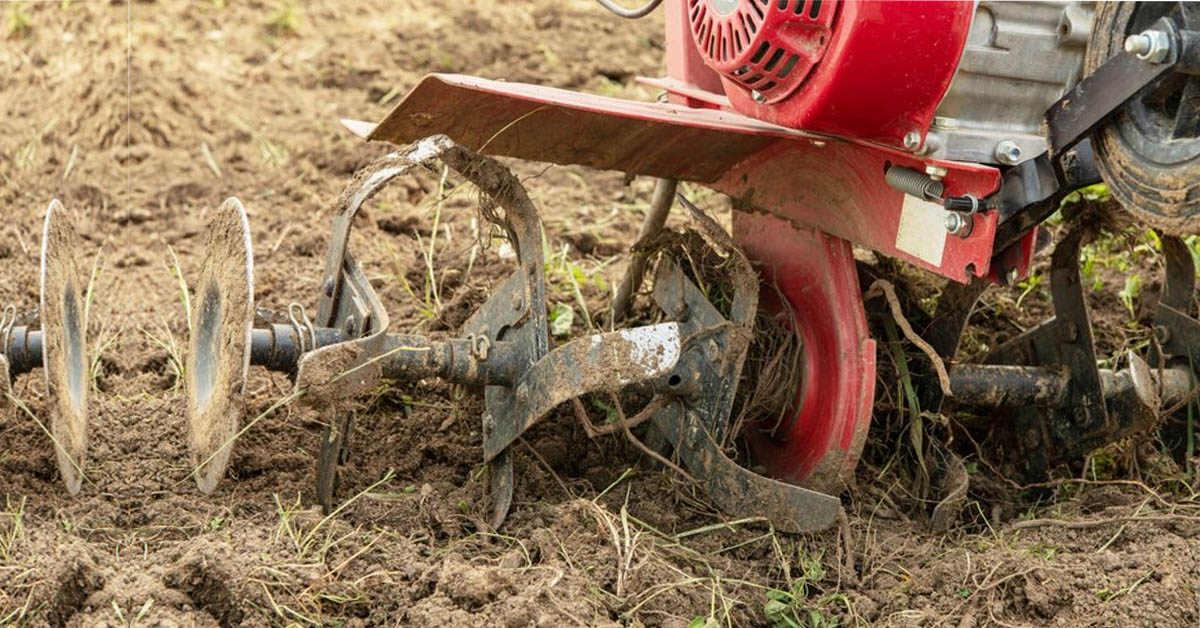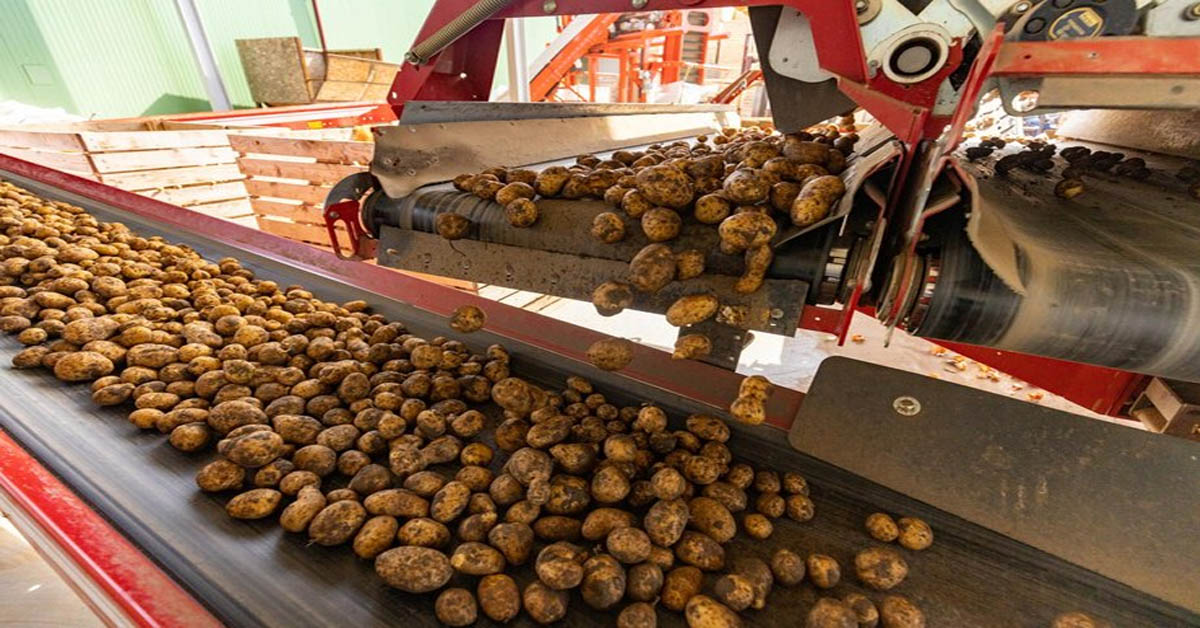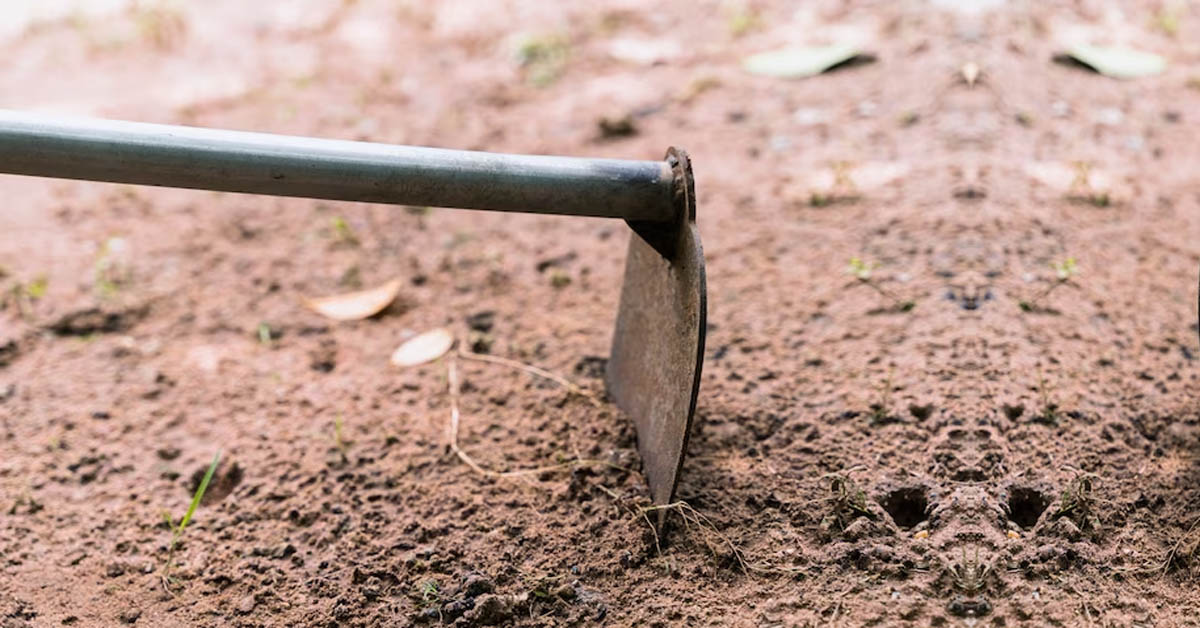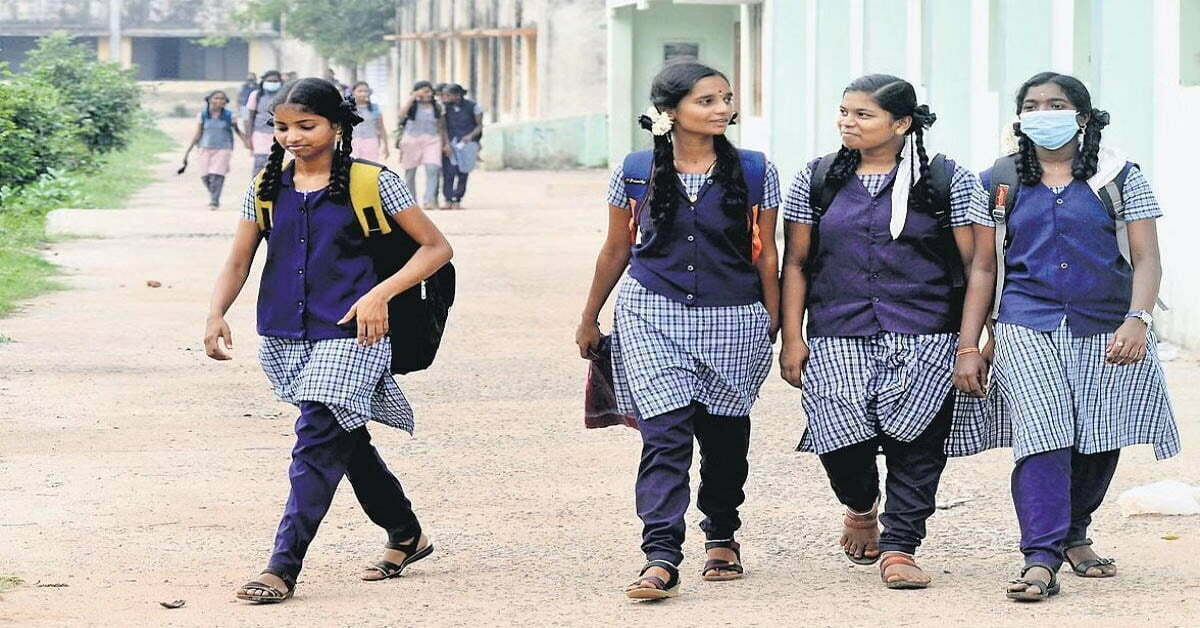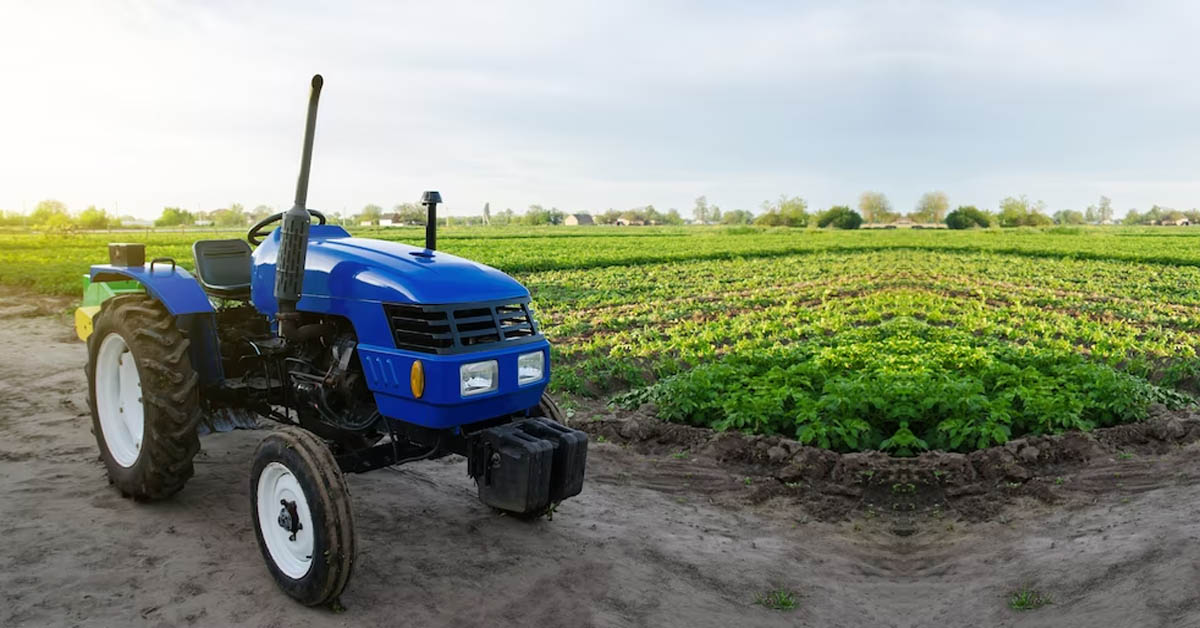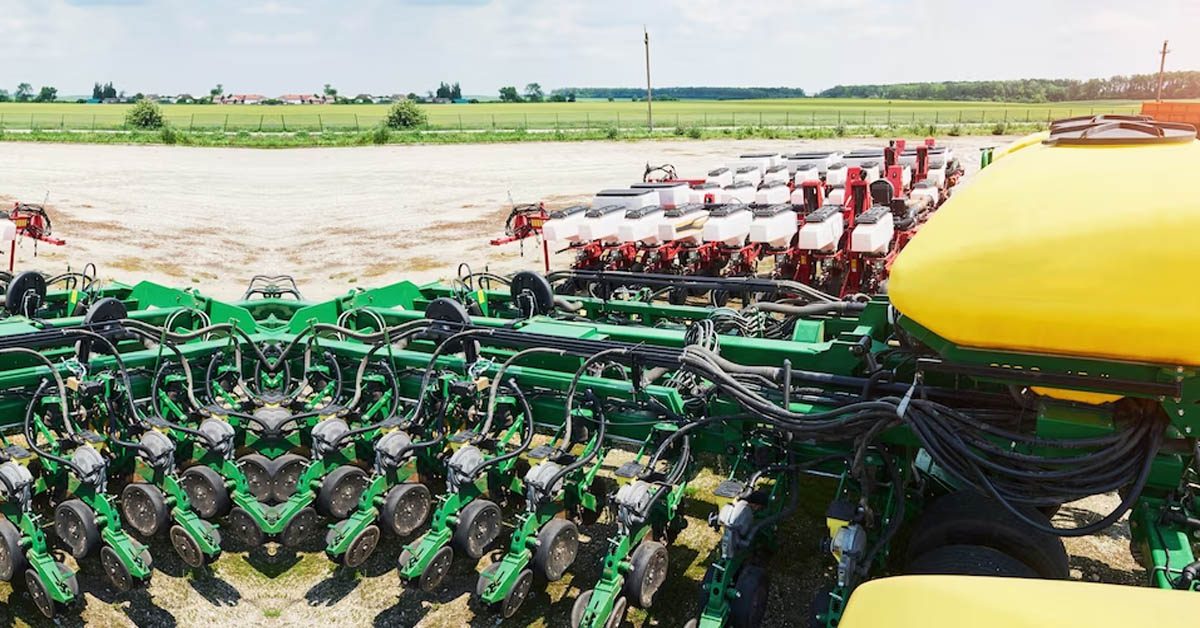Powered Tool Machine Used In Farming Top 5
There are several powered tool machines that are commonly used in farming. Some of the most popular ones include: Powered Tool Machine Used In...
Small Scale Potato Farming Equipment Top 5 Zen
Small-scale potato farming equipment can vary depending on the size of the farm and the specific needs of the farmer. Some essential equipment for...
2021 New Holland Workmaster 25s Price
The price of a 2021 New Holland Workmaster 25S can vary depending on several factors such as location, dealer, and any additional features or...
Agricultural Hand Tools And Equipment 5
Agricultural hand tools and equipment are used by farmers and gardeners for various manual operations in agriculture. These tools can be divided into two...
Agricultural Implements And Equipment 4 Scare
Agricultural implements and equipment are tools and machinery used in various agricultural operations to facilitate work and increase productivity. There are a wide variety...
Agricultural Tools Used For Ploughing 5 Entitled
Ploughing is an important process in agriculture that involves breaking up and turning over the soil to prepare it for planting crops. There are...
Vocational Course for Students 10 Top Gift
Vocational Course: परीक्षा संपल्या आता उन्हाळ्याच्या सुट्टीत करा 'हे' वोकेशनल कोर्स, चांगली कमाई करण्याची संधी.Vocational Course For Students: आजच्या काळात तरुण वर्गातील उमेदवारांना पटकन...
Aspee Power Sprayer With Honda Engine
Aspee Power Sprayers with Honda engines are highly popular and widely used in agriculture for spraying pesticides, herbicides, and fungicides. They are designed to...
Best Mahindra Tractor For Agriculture
Mahindra is a well-known brand in the agricultural machinery industry and offers a wide range of tractors for different farming needs. The best Mahindra...
Dusting Machine For Agriculture Price
The price of a dusting machine for agriculture can vary widely depending on several factors, such as the size, capacity, features, and brand of...



